Terre in Vista
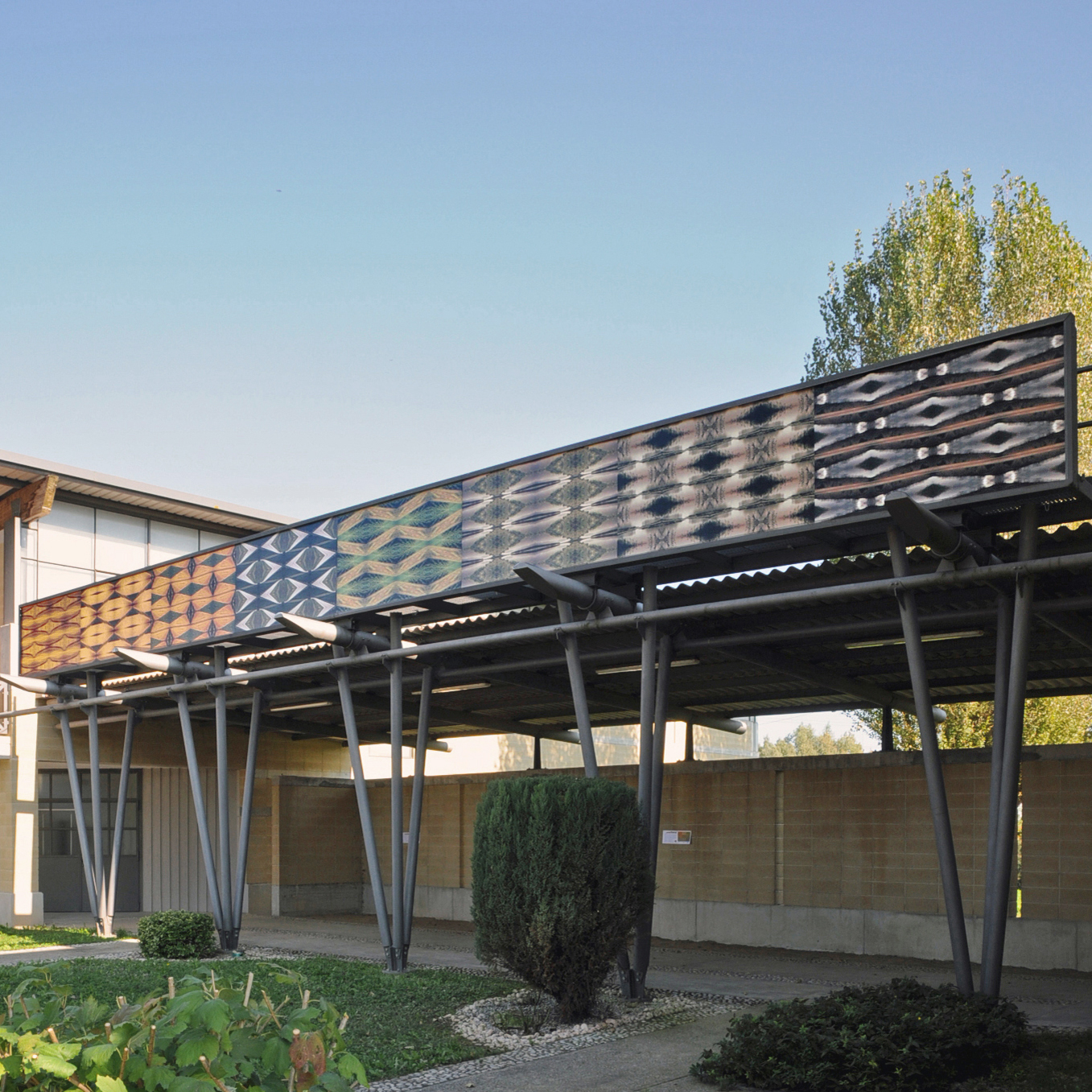
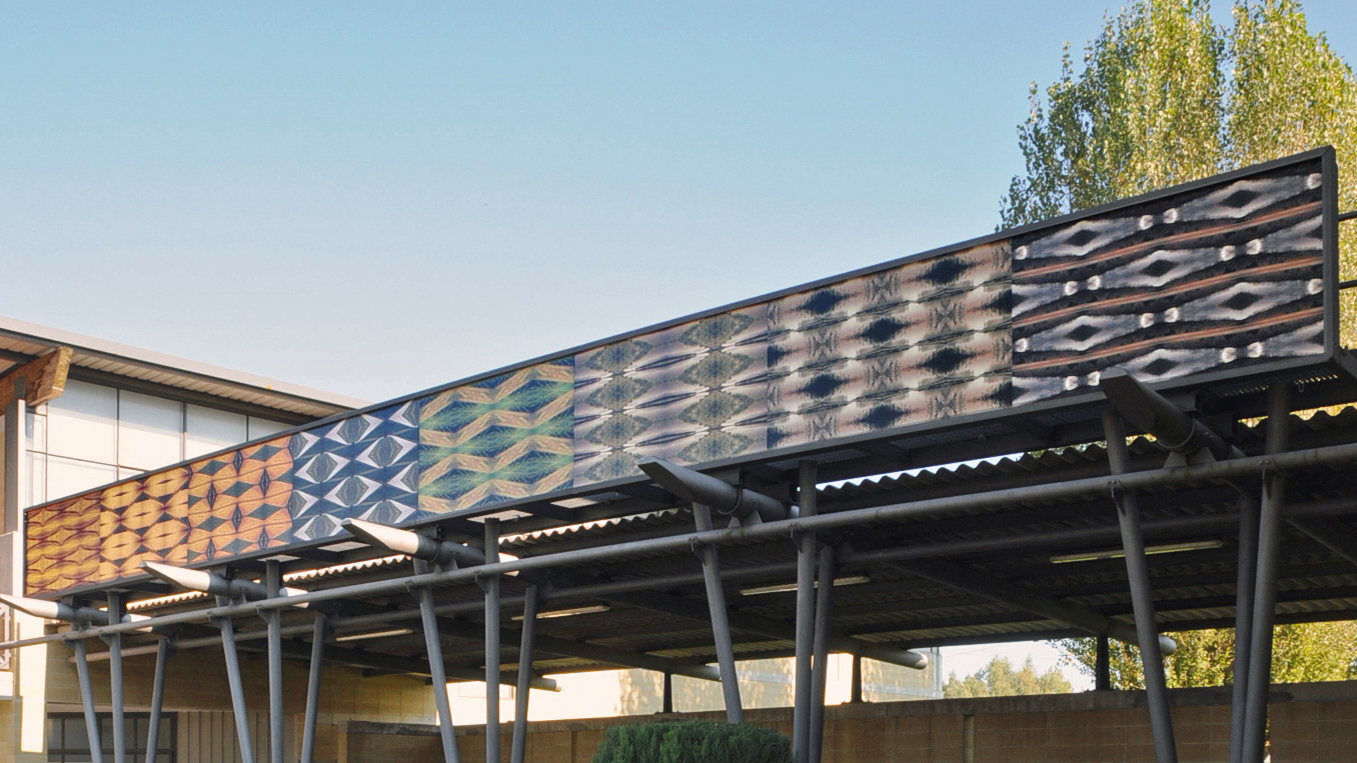
TERRE IN VISTA MUPA Museo del Paesaggio/Landscape Museum, Torre di Mosto, Venezia Since October 2014
TERRE IN VISTA is a site-specific installation by Andrea Morucchio, consisting of eight printed panels measuring a total of 16 by 1.2 meters. It is part of Dialoghi Celesti / Celestial Dialogues, an initiative by the Landscape Museum commissioning artists to create works that foster a dialogue between earth and sky. In this “suspended” space, the land and sky meet, reflect, and converse.
In this second Celestial Dialogue, Morucchio places the land as the primary actor. The earth presents itself in its entirety to the sky, offering its textures, colors, and forms, while the sky observes and interprets it. The result is a suspended installation in which the landscape surrounding the Museum—the Boccafossa countryside—is transformed into a concrete abstraction, a visual thought rendered as image.
From spring to winter, Morucchio photographed a multiplicity of landscapes: plowed and bare fields, grassy expanses, rows of buds and newborn plants, flat horizons intersected by ditches, tree lines, and light poles, as well as silvery ribbons of canals and the Brian and Livenza rivers. Giorgio Baldo, director of MUPA, writes:
“An atlas of visual perceptions emerged. The land of Boccafossa is a landscape of geometric entities, presiding over its materials and governing its forms. At the same time, man’s intervention creates a delirium of geometries and abstract perfection, from which Morucchio extracts spatial and chromatic ideas.”
Through a meticulous and immersive process—bending over the ground, observing its surfaces, and attuning to the genius loci—Morucchio transformed hundreds of photographs into eight synthetic “earth portraits.” By cropping, mirroring, and recombining these images along orthogonal axes, he produced compositions that are both analytical and abstract, reminiscent of analytic Cubism and the optical and kinetic experiments of the 1960s. Each panel is simultaneously true (as photography) and transformed (as abstraction), forming a hyperkinetic collage of geometric landforms. These eight figures, arranged in sequence along the Museum’s façade, create a “flying carpet” of the earth. Baldo continues:
“The carpet flies over the earth, filtering its purity, decoration, and senses, transforming them into mosaics, offering them to contemplate the dome of the sky, like an inlay on the floor of a basilica. The real of the earth: its idea.”
Terre in Vista is thus both a study of perception and a poetic reflection on the dialogue between human experience, natural forms, and the infinite sky, transforming the Museum’s façade into a suspended space of abstraction, geometry, and contemplation.
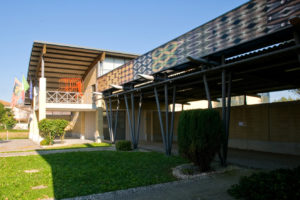
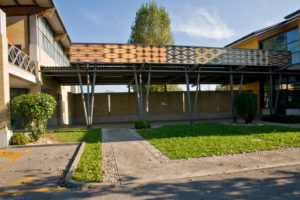
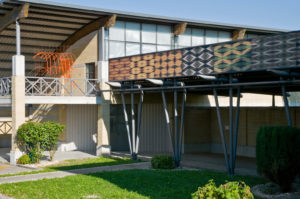
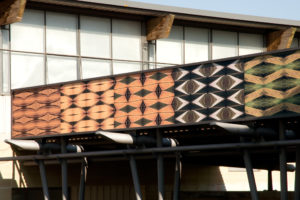
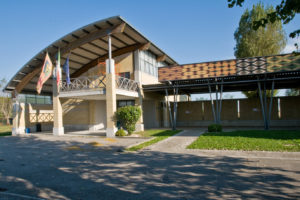
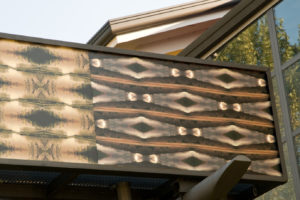
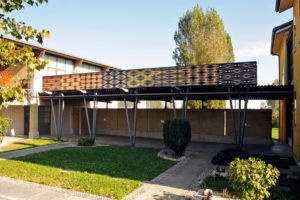
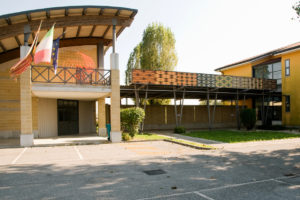
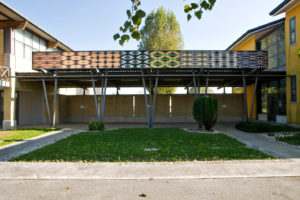
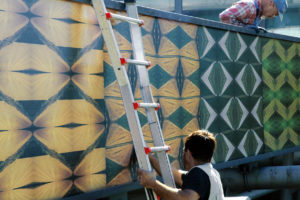
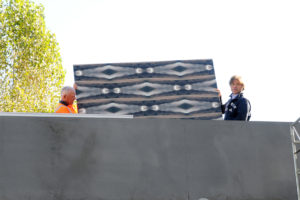
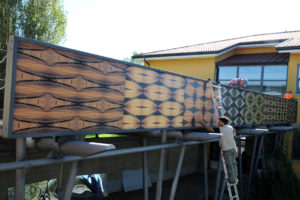
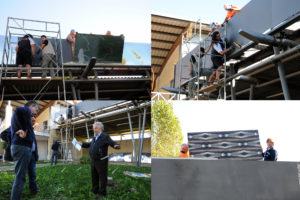
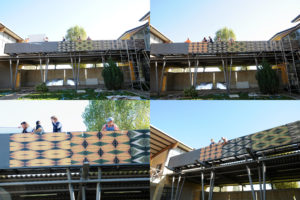
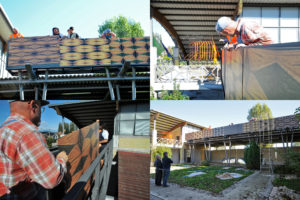
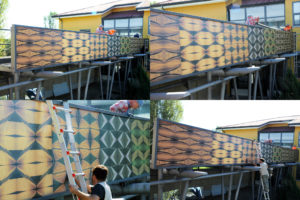
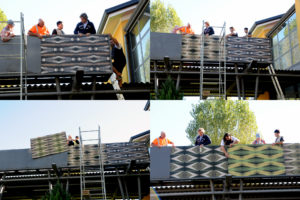
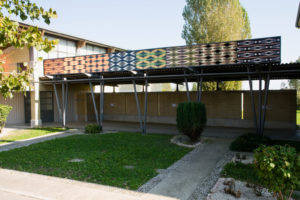
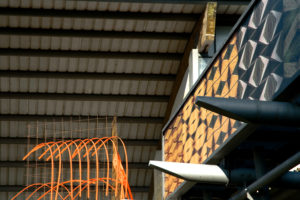
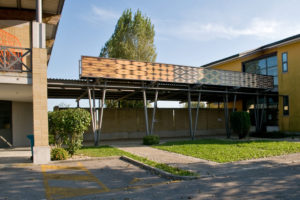
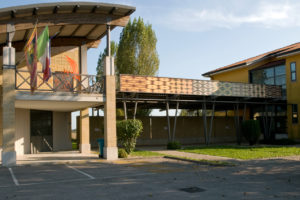
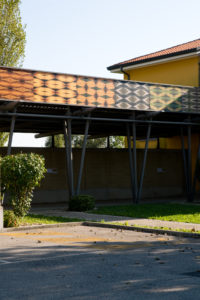
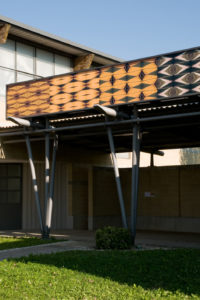
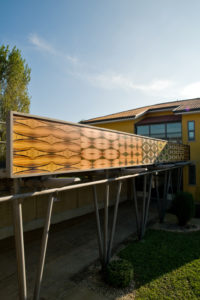
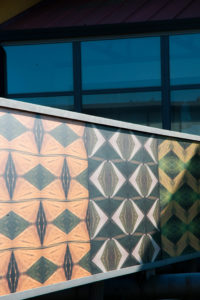
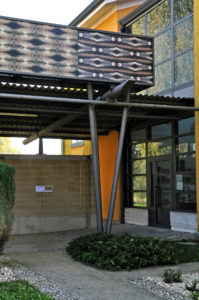
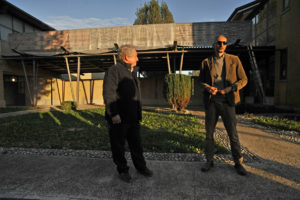
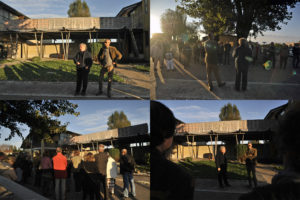
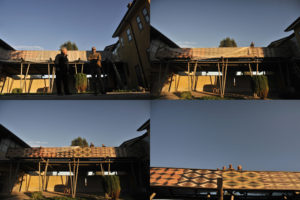
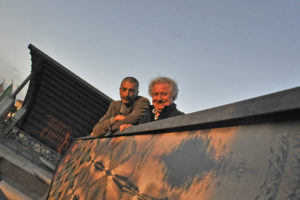
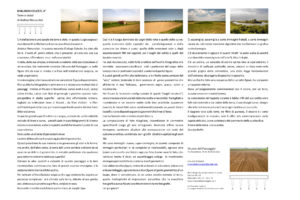
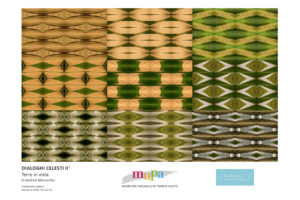
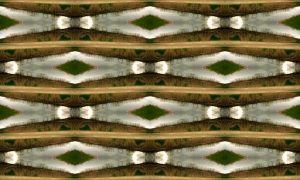
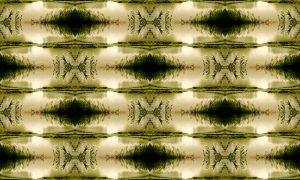
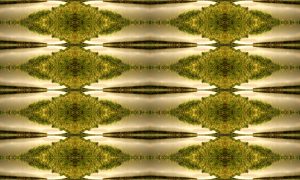
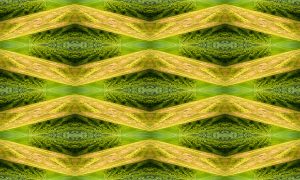
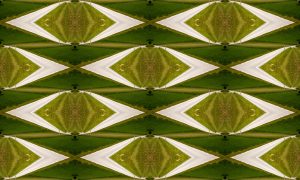
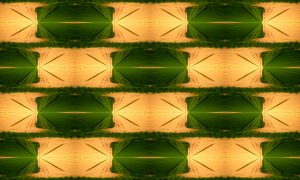
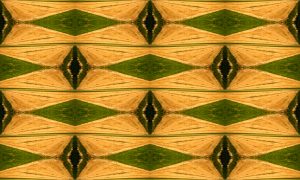
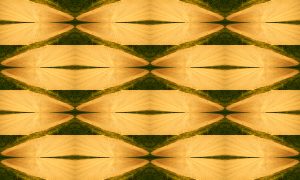
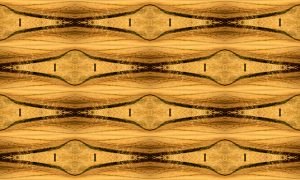
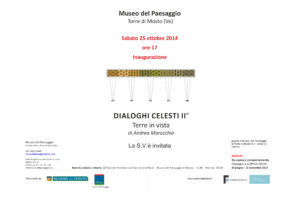
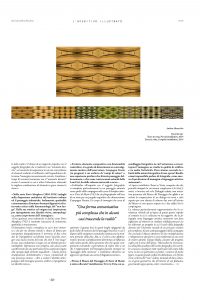
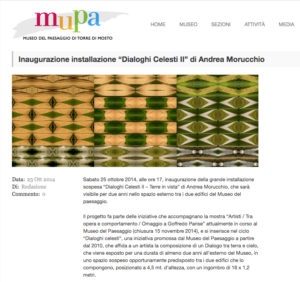
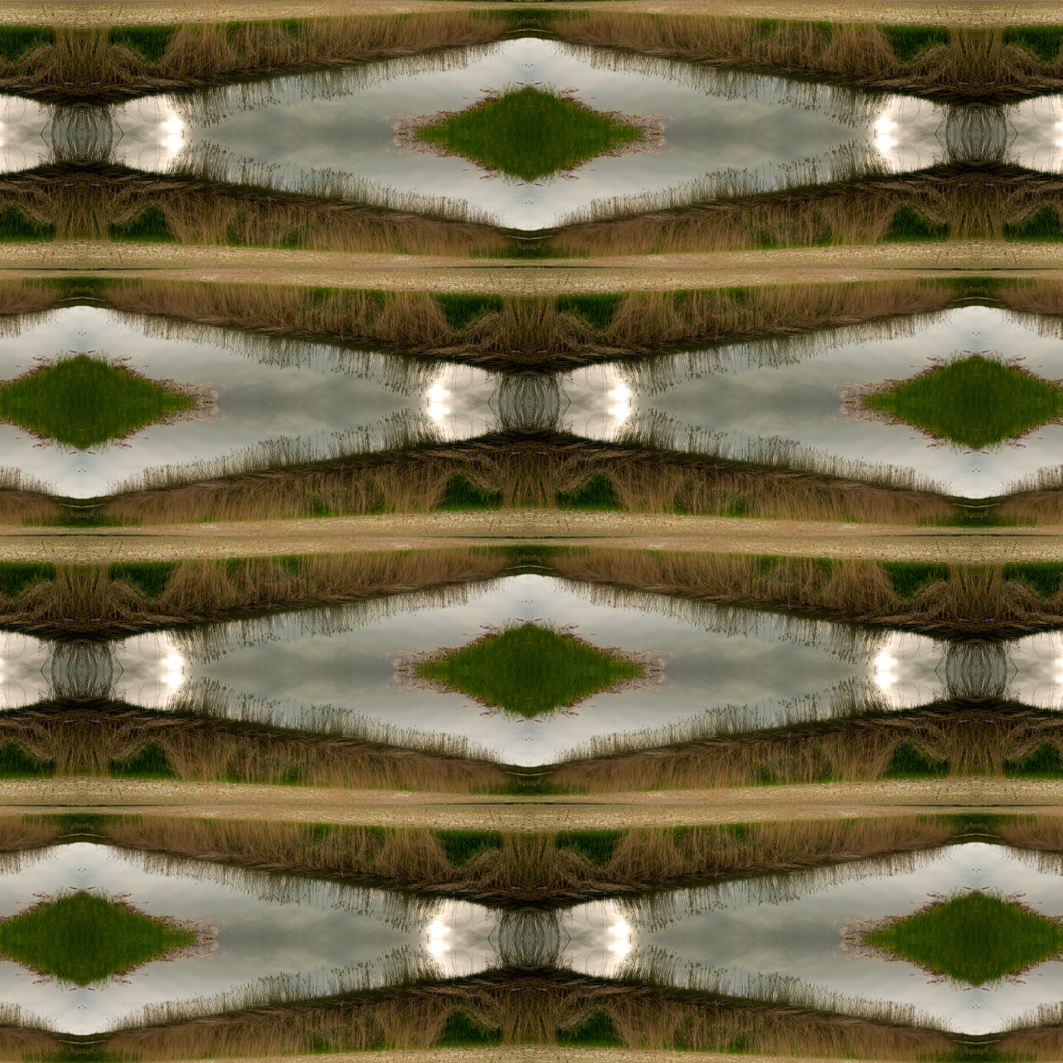
 “Lands in Sight” critic text by Giorgio Baldo, 2014, eng
“Lands in Sight” critic text by Giorgio Baldo, 2014, eng “Terre in Vista”, testo critico di Giorgio Baldo, 2014, ita
“Terre in Vista”, testo critico di Giorgio Baldo, 2014, ita